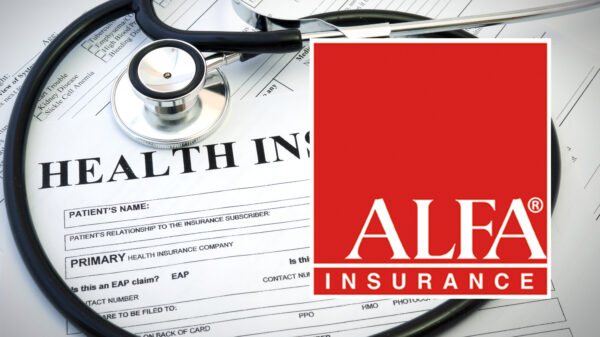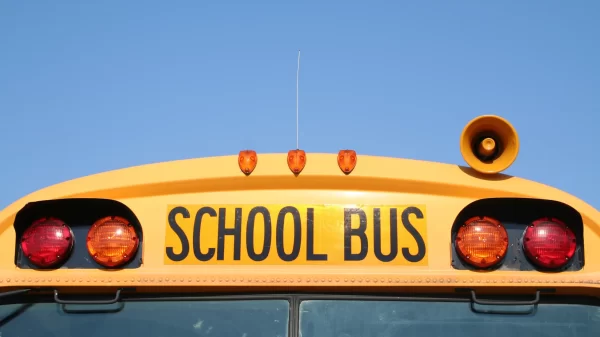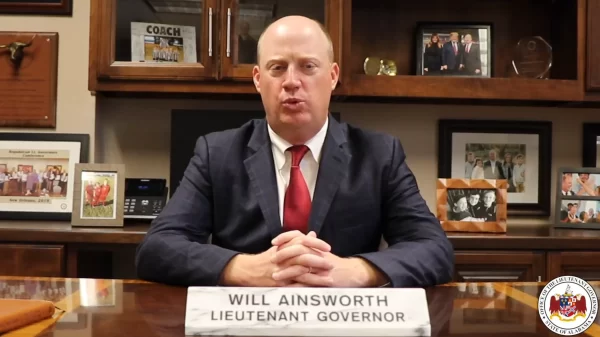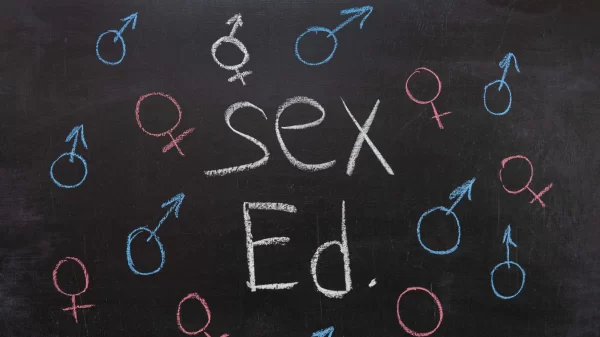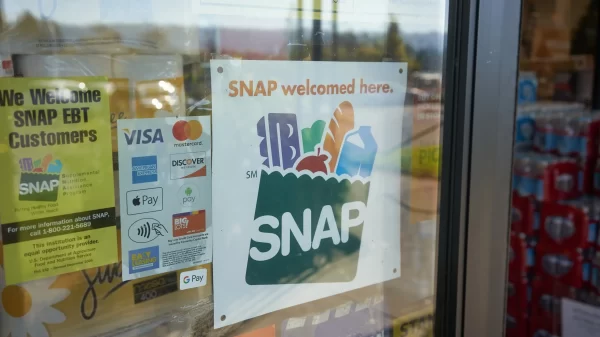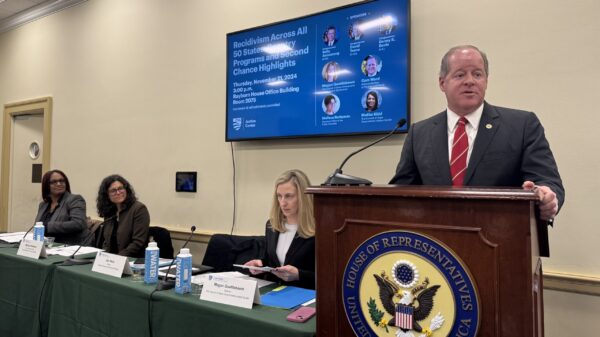|
Getting your Trinity Audio player ready...
|
How can a student graduate high school but not be college or career ready? It happens every year for 12-16 percent of our students in Alabama.
For the classes of 2020 and 2021, the Alabama graduation rate was 92 percent, and the college and career ready rate was 76 percent (a 16-percentage point gap).
For the class of 2019, the graduation rate was 93 percent and the college and career ready rate 80 percent (a 13- percentage point gap).
For the class of 2018, the graduation rate was 90 percent and the college and career ready rate 75 percent (a 15- percentage point gap).
What signal does it send to business and industry when 16 percent of high school graduates in Alabama were not college and career ready last year?
Business and industry are not just important funders of Alabama’s K-12 system. They are K-12 education’s largest customers.
Typically, when students leave high school, they either continue their education in a two or four-year educational program, join the military, or they pursue a career in business and industry.
Closing the gap between the college and career readiness rate and the graduation rate is also important to families across Alabama.
Parents want their children to graduate high school with the skills needed to excel in college and career pathways.
The Alabama State School Board, upon the recommendation of the State Superintendent of Education, Dr Eric Mackey, will vote September 8, 2022 on a resolution to adopt a new administrative code rule requiring all students to earn at least one college and career readiness indicator before graduation, beginning with the Class of 2028.
Over the last year, the Alabama Workforce Council (AWC) and the Business Education Alliance of Alabama (BEA) have made progress working alongside Governor Ivey and the Alabama State Board of Education to improve outcomes for our students.
By working together, we accomplished several policy wins for our children.
In January 2021, the Alabama State Department of Education submitted amendments to Alabama’s Every Student Succeeds Act state plan to include new college and career readiness indicators for completing a Career and Technical Education program of study and for participating in an in-school youth apprenticeship, which was a concept put forth by Governor Ivey.
The amendments were approved by the U.S. Department of Education and have expanded the college and career readiness indicators to include:
- Scoring college ready in at least one subject on the ACT
- Scoring at the silver level or above on the WorkKeys Assessment
- Earning a passing score on an Advanced Placement or International Baccalaureate Exam
- Successfully earning a Career Technical Education credential
- Earning dual enrollment credit at a college or university
- Successfully enlisting in the military
- Completing a CTE program of study
- Completing an in-school youth apprenticeship
In April 2021, the Alabama State Board of education adopted a Free Application for Federal Student Aid (FAFSA) completion policy, which has resulted in Alabama’s FAFSA completion rate increase from 51 percent for the Class of 2022 to a rate of 60 percent for the Class of 2023—and its only August.
The BEA issued a new report in January 2022, entitled Forging Alabama’s Future: Improving Educational Attainment and Workforce Development.
The report provides eight practical goals for increasing the number of students who are starting school ready to learn, reading and counting on grade level, and graduating from high school prepared for college and career.
Closing the gap between the college and career readiness rate and the graduation rate has been a priority for the BEA for several years.
Governor Ivey has been a champion for closing the gap between the college and career readiness rate and the graduation rate throughout her tenure as Governor, and the AWC has called for eliminating the gap as one of its 10 Points on K-12 Education since 2020.
There is nothing more important to the AWC, the BEA, and to the State of Alabama than the success of our K-12 students.
Just as they acted decisively last year to increase FAFSA completion with a well-balanced policy, we are asking the Board to do so once again in September by passing an administrative rule code change requiring students to earn at least one college or career readiness indicator prior to graduation.











